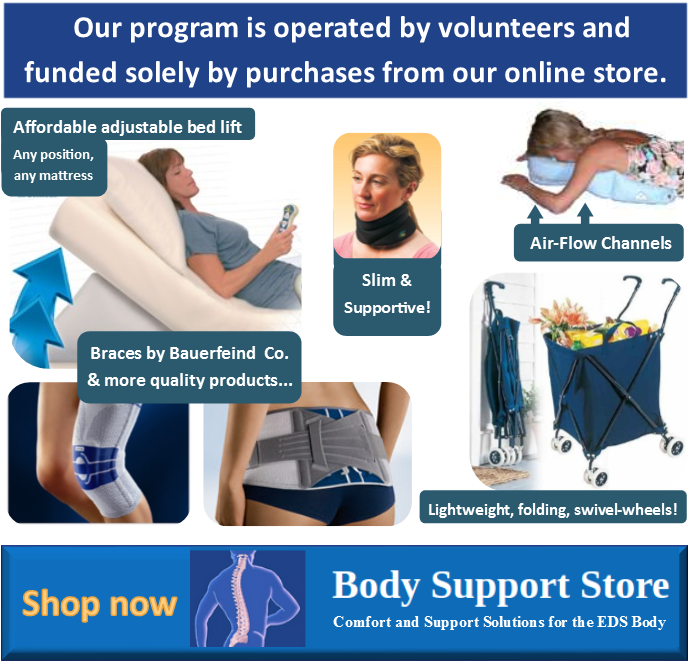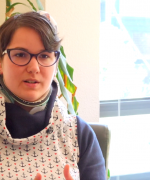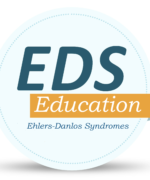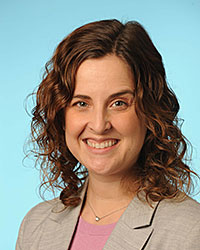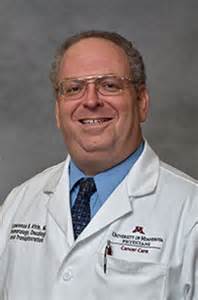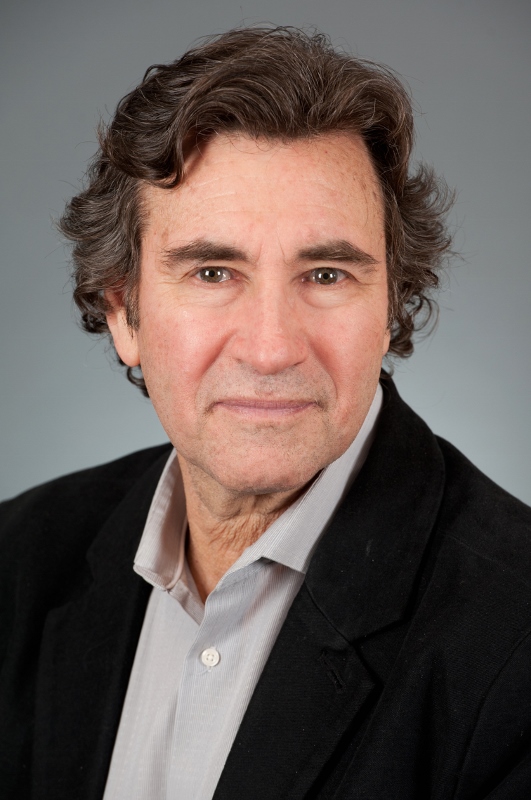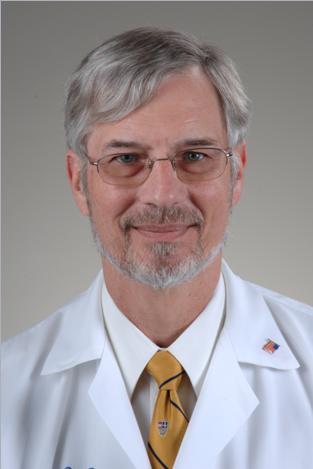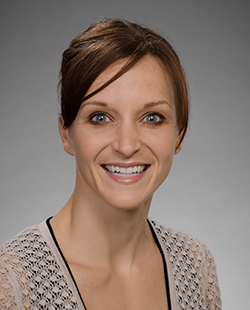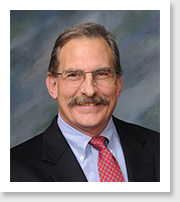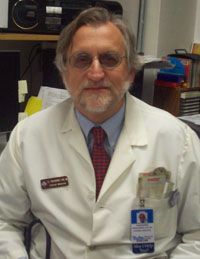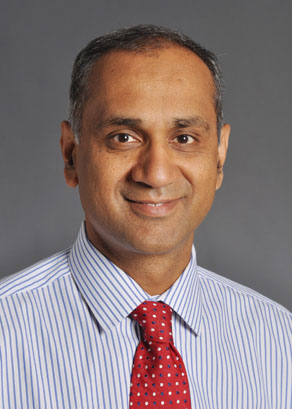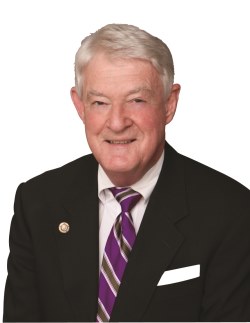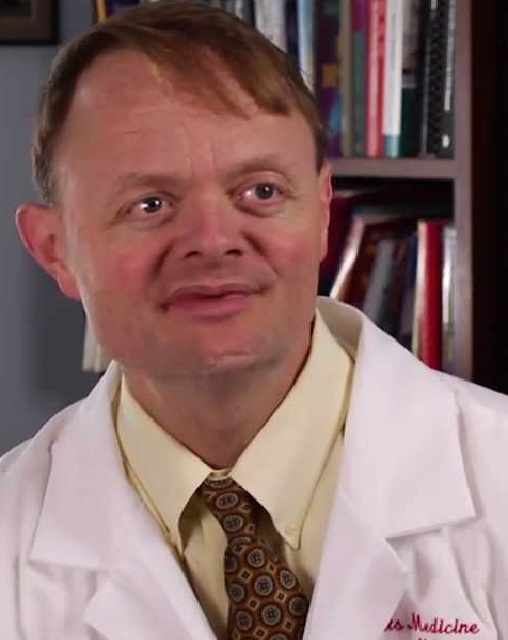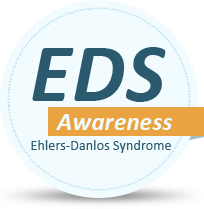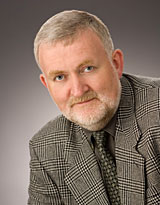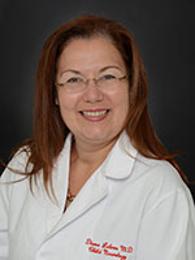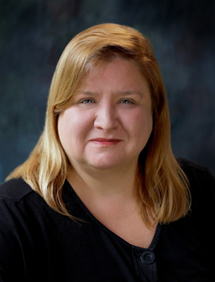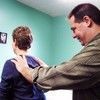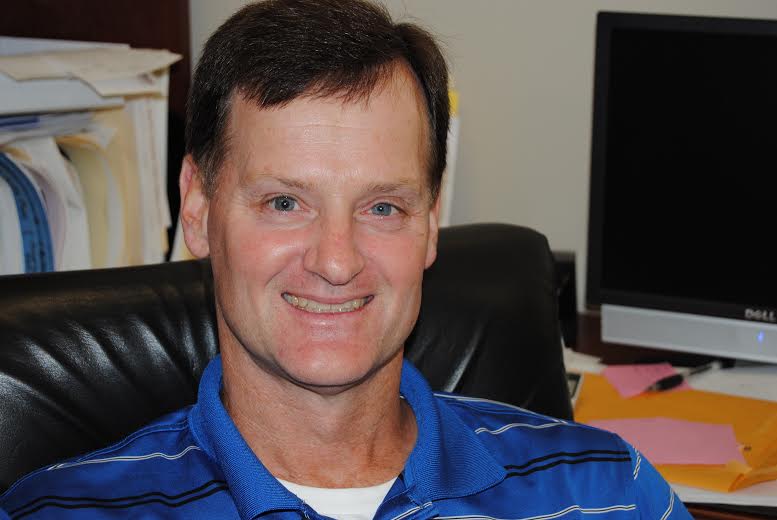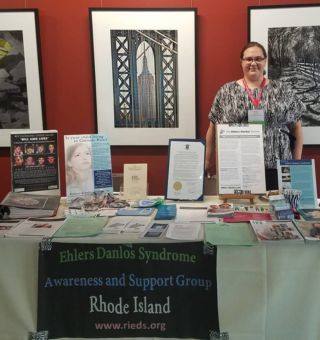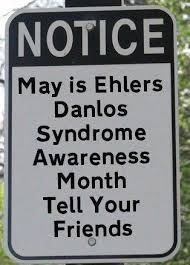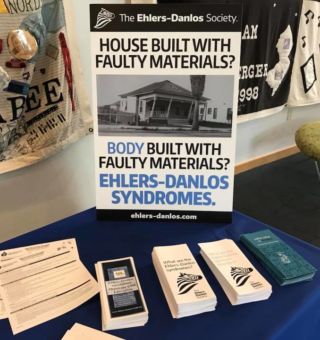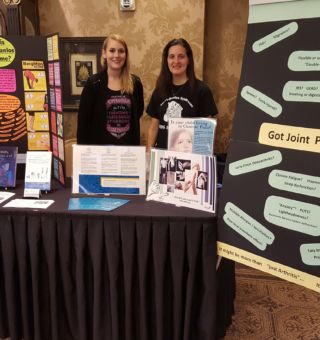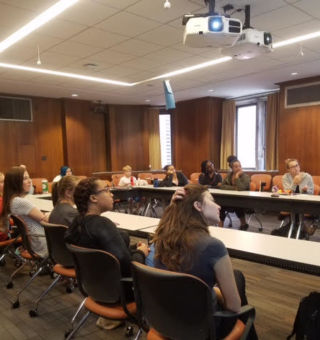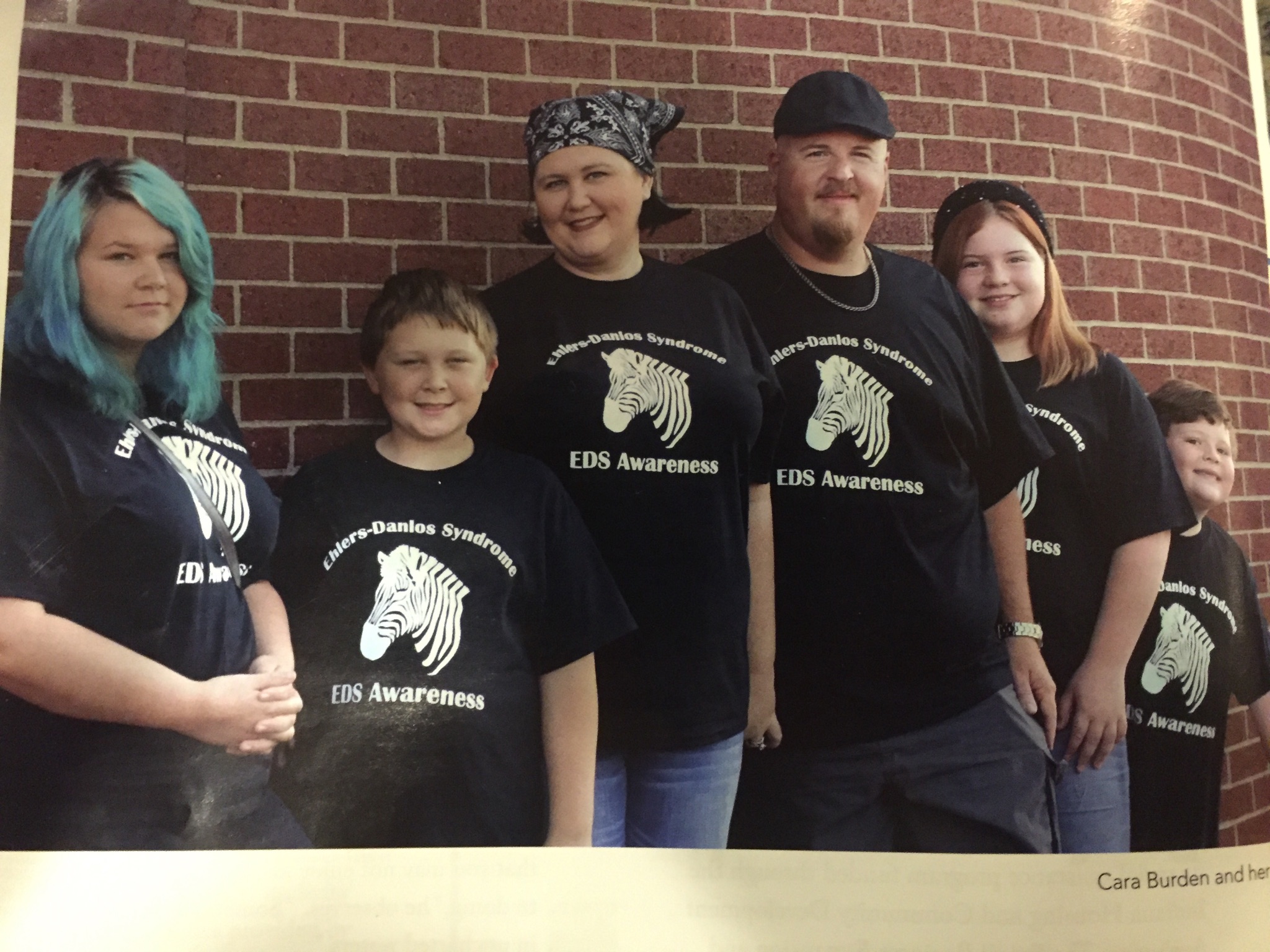MCAS Patient Guide
Written by Karina Sturm
Reviewed by Dr. Natalie Börsch
Edition October 2023
Copyright: Chronic Pain Partners
Disclaimer: This is not medical advice, nor is this patient guide an exclusive list of any sort. Please consult with your healthcare provider for all your medical concerns.
1. What is Mast Cell Activation Syndrome (MCAS)?
Imagine mast cells as immune response cells that act as countless little knights protecting your body from foreign invaders. Mast cells are a type of white blood cell that plays a crucial role in the immune system. In a healthy individual, these cells are vital for defending against pathogens and regulating physiological processes and inflammation [1]. Like knights on patrol, they roam our bodies, shielding us from harmful invaders. However, if those knights suddenly misinterpret their mission and instead of defending the body, they become hypersensitive and are more prone to activation by various triggers, which otherwise would be harmless substances.
When mast cells become overly active, they release an excessive amount of chemical mediators, including histamine, prostaglandins, and others, into the bloodstream and surrounding tissues [2]. This excessive release of mediators can lead to a wide range of symptoms and health problems affecting various organ systems.
Mast Cell Activation Syndrome (MCAS) often occurs as a comorbid condition with hypermobile Ehlers-Danlos Syndrome (hEDS) and postural orthostatic tachycardia syndrome (PoTS). To date, it is not clear how those three conditions are associated.
However, it is not only the Ehlers-Danlos syndromes that frequently occur with MCAS, but also many other conditions are associated with mast cell activation, such as irritable bowel syndrome [3], inflammatory bowel disease [4], fibromyalgia [5], multiple sclerosis [6], interstitial cystitis [7] and myalgic encephalomyelitis/chronic fatigue syndrome (ME/CFS) [8]. And in 2020, another one was added: Long/Post-COVID.
2. MCAS versus Mastocytosis
Mastocytosis and MCAS are two distinct medical conditions that can be confusing due to their similar-sounding names and overlapping symptoms. However, they are fundamentally different in terms of their underlying causes, diagnostic criteria, and management. Here are the main differences between mastocytosis and MCAS:
Underlying Cause:
- Mastocytosis: Mastocytosis is a rare disorder characterized by the abnormal accumulation and proliferation of mast cells in various tissues, particularly in the skin and bone marrow [9]. It is typically caused by a genetic mutation in the KIT gene, most commonly KIT D816V [10], which leads to the uncontrolled growth of mast cells.
- MCAS: MCAS, on the other hand, is a condition where mast cells are abnormally activated and release excessive amounts of chemicals, such as histamine, without a significant increase in their numbers. The underlying cause of MCAS is not well understood, and it can occur in individuals without the genetic mutations associated with mastocytosis [11].
Diagnostic Criteria:
- Mastocytosis: Diagnosis of mastocytosis is based on typical symptoms, for instance, skin lesions, blood tests for mediators, and a positive biopsy showing an increased number of mast cells in affected tissue such as skin or bone marrow, and/or the detection of specific genetic mutations, such as the KIT mutation [12].
- MCAS: Diagnosis of MCAS is challenging, as there is no specific test or genetic marker to confirm the condition. Instead, it relies on the presence of consistent symptoms (such as flushing, hives, abdominal pain, and anaphylaxis) and elevated levels of mast cell mediators (like histamine) in the blood or urine during episodes of symptoms. (See more in chapter 4).
In summary, mastocytosis is characterized by an increased number of mast cells due to genetic mutations, while MCAS involves an abnormal activation of mast cells without a significant increase in their numbers. These two conditions have different underlying mechanisms and diagnostic criteria. Treatment can be somewhat similar.
3. Symptoms & Triggers
MCAS can affect any system or organ in the body and lead to neurological, gastrointestinal, skin, heart, and respiratory system involvement.
The symptoms of MCAS can vary greatly from person to person but often include [13, 14]:
- Skin issues like rashes, flushes, itching, and hives.
- Gastrointestinal problems such as diarrhea, abdominal pain, and nausea.
- Respiratory issues like shortness of breath or wheezing.
- Cardiovascular symptoms like rapid heart rate or low blood pressure.
- Neurological symptoms include brain fog, headache, and dizziness.
- Joint and muscle pain, reduced bone density
- Fatigue and weakness.
- Bladder issues such as the urge to urinate, bladder pain
- Anaphylaxis
Triggers [15, 16]:
- Heat/cold
- Physical exertion
- Chemicals/medications
- Food/smells
- Stress
- Alcohol & smoking
- Infection & insect bites
4. Diagnostic Tests
Diagnosing MCAS can be challenging due to the diversity of symptoms and the absence of a single definitive test. Additionally, other conditions with overlapping symptoms may occur with EDS, for instance, celiac disease, gastroparesis and more. Diagnosis often involves a combination of medical history, clinical symptoms, and laboratory tests to measure elevated levels of specific mast cell mediators in the blood and urine [17].
Mast cell mediators are released from the mast cell’s granules, small, discrete particles containing a variety of substances, in this case, mast cell mediators. Today, between 50 and 200 of these mediators have been identified [18]. Those include histamine and heparin, which, for example, cause blood vessels to dilate and become more permeable, allowing antibodies to enter the tissues. Additionally, mast cell mediators attract other immune cells to surround the invaders from all sides. This large number of mediators, in turn, triggers entirely new reactions in other cells that ultimately affect the entire body.
Typical lab tests [19, 20]:
- Tryptase in the blood
- Methylhistamine in urine (immediately after an acute episode)
- Heparin in the blood (alternatively while using a blood pressure cuff)
- Other mast cell markers (such as Chromogranin A, leukotrienes, prostaglandin D2)
Unfortunately, unlike mastocytosis, there are no standardized diagnostic guidelines for MCAS. Additionally, even with a confirmed diagnosis, all laboratory parameters can still appear normal [21]. One of the reasons is many of those mediators are very unstable and degrade quickly.
5. Diagnostic Criteria
There is currently no standardized classification. Two models have gained prominence. The more well-known one, proposed by Afrin and Molderings [22], emphasizes the clinical presentation and symptom burden of affected individuals.
Either both major criteria or the second major criterion and one minor criterion must be met.
Major criteria [23]:
- Multifocal or disseminated infiltration of mast cells in the bone marrow or other organs (e.g., intestinal biopsy). 30 – 40 mast cells per field of view are considered pathological.
- Mast cell mediator syndrome, meaning patients who are showing typical symptoms.
Minor criteria:
- Abnormal spindle-shaped appearance of over 25 percent of mast cells in the bone marrow or other organs.
- CD2 and CD25-expressing mast cells in the bone marrow.
- Genetic mutations leading to increased mast cell activity (for example, c-kit mutations).
- Laboratory-confirmed elevated mediator concentrations, such as tryptase, heparin, etc.
- Response to therapy.
6. Management
MCAS cannot be cured at this moment. However, a combination of different symptomatic treatments are available to relieve symptoms, many are used off-label [24, 25, 26, 27, 28].
It is important to understand that…
- particularly with MCAS, no two patients react the same way and there is no way to predict which of the following meds may work or trigger symptoms beforehand. So it is crucial to work closely with your MCAS specialist before starting or changing any medication or new diet.
- some of the medications also may have severe side effects or a high risk of addiction, for instance, benzodiazepines.
- sometimes, patients only tolerate the pure substance meds and react to the fillers.
- regular check-ups are very important, especially when using meds off-label.
Standard therapy:
- H1-antihistamine: for instance, Rupatadine, Desloratadin, Ketotifen
- H2-antihistamine: for instance, Famotidin, Cimetidine
- Mast cell stabilizer: for instance, Vitamin C, Cromoglycin acid, Quercetin
Other symptomatic treatment:
- Diarrhea: for instance, Montelukast, Cromogylcin acid, Ketotifen
- Cramping: Metamizole, H1-blocker
- Nausea: for instance, Lorazepam, Dimenhydrinate, H2-blocker
- GI pain: for instance, proton pump inhibitors like Omeprazole, H2-blockers
- Neuropathy: for instance, alpha lipoic acid, Pregabalin, linolenic acid
- Chronic pain: for instance, Tilidin, COX2-inhibitors
Others:
- Lifestyle changes: Low-histamine or histamine-free diet, keeping a symptom diary, avoiding typical triggers, good planning for excursions (e.g., toilets, restaurant selection, etc.)
- Prevention: Avoiding medications that trigger mast cells (e.g., aspirin, NSAIDs, contrast agents, local anesthesia such as procaine, etc.); avoiding live vaccines; avoiding high fevers
Emergencies:
- High-dose H1-antihistamine, for instance, Cetirizin, Fenistil
- High-dose steroids, for instance, prednisolone
- In case of anaphylactic shock: epinephrine injection
Follow-up treatment for complex cases:
- Leukotriene receptor blockers: for instance, Montelukast
- Interferon: for instance, Interferon alpha
- Antibodies: for instance, Omalizumab, Ligelizumab
- Cytostatics: for instance, Hydroxyurea
7. MCAS & Surgery
During surgeries, many factors may cause the release of mast cell mediators, such as stress, bleeding, hypothermia, and various medications. All these factors must be considered in preoperative, perioperative, and postoperative care [29, 30].
- For invasive procedures or examinations, prednisolone and H1 and H2 antihistamines should be administered intravenously 30 minutes beforehand, especially if the patient is known to react to the medications used.
- Stress before surgery should be minimized as much as possible. At the same time, it should be discussed which anesthetics, painkillers, antibiotics, and muscle relaxants are well tolerated by the patient.
- A mast cell-specific coagulation analysis is required to exclude not only bleeding but also a tendency to thrombotic events.
- During surgery, hypothermia and skin irritation should be avoided, and the least traumatic surgical technique possible should be used.
- Furthermore, anaphylaxis should be anticipated at all times, and various countermeasures (epinephrine, antihistamine, volume replacement, steroids) should be taken.
- Patients with an increased bleeding tendency may benefit from tranexamic acid.
- After surgery, anaphylactic reactions should still be expected, and thrombosis prophylaxis should be administered.
- Many medications trigger the release of mast cell mediators, and therefore, their risks and benefits need to be considered carefully.
8. Helpful Resources
Webinars with Dr. Afrin and Dr. Maitland
Mast Cell Disease Society
Book “Never Bet Against Occam”
Mast Cell Aware
https://www.mastcellaware.com/index.html
9. Sources
[1] NIH. (n. d.). Mast cell. National Cancer Institute. Online: https://www.cancer.gov/publications/dictionaries/cancer- terms/def/mast- cell. [Accessed August 13, 2021]
[2] Krystel-Whittemore, M., Dileepan, K.N. and Wood, J.G., 2016. Mast cell: a multi-functional master cell. Frontiers in immunology, p.620.
[3] Zhang L, Song J, Hou X: Mast cells and irritable bowel syndrome: from the bench to the bedside. Journal of neurogastroenterology and motility 2016; 22. Jg., Nr. 2: 181.
[4] Bischoff SC: Mast cells in gastrointestinal disorders. European journal of pharmacology 2016; 778. Jg.: 139–45.
[5] Lucas HJ, et al.: Fibromyalgia – new concepts of pathogenesis and treatment. International journal of immunopathology and pharmacology 2006; 19. Jg., Nr. 1: 5.
[6] Elieh-Ali-Komi D,Cao Y: Role of Mast Cells in the Pathogenesis of Multiple Sclerosis and Experimental Autoimmune Encephalomyelitis. Clinical Reviews in Allergy & Immunology 2016: 1–10.
[7] Sant G R., et al.: The mast cell in interstitial cystitis: role in pathophysiology and pathogenesis. Urology 2007; 69. Jg., Nr. 4: 34–40.
[8] Petra AI, et al.: Spectrum of mast cell activation disorders. Expert review of clinical immunology 2014; 10. Jg., Nr. 6: 729–39.
[9] NORD, 2021. Mastocytosis. Online: https://rarediseases.org/rare-diseases/mastocytosis/ [Accessed October 15, 2023]
[10] Piris-Villaespesa, M. and Alvarez-Twose, I., 2020. Systemic mastocytosis: following the tyrosine kinase inhibition roadmap. Frontiers in Pharmacology, 11, p.443.
[11] WebMD, 2023. What is Mast Cell Activation Syndrome? Online: https://www.webmd.com/allergies/what-is-mast-cell-activation-syndrome [Accessed October 15, 2023]
[12] Magliacane, D., Parente, R. and Triggiani, M., 2014. Current concepts on diagnosis and treatment of mastocytosis. Translational Medicine@ UniSa, 8, p.65.
[13] Molderings, G. J., Brettner, S., Homann, J., & Afrin, L. B. (2011). Mast cell activation disease: a concise practical guide for diagnostic workup and therapeutic options. Journal of Hematology & Oncology, 4(1), 1–8
[14] Valent, P. (2013). Mast cell activation syndromes: definition and classification. Allergy, 68(4), 417–424.
[15] Molderings, G. J., Brettner, S., Homann, J., & Afrin, L. B. (2011). Mast cell activation disease: a concise practical guide for diagnostic workup and therapeutic options. Journal of Hematology & Oncology, 4(1), 1–8.
[16] Afrin, L. B., Butterfield, J. H., Raithel, M., & Molderings, G. J. (2016). Often seen, rarely recognized: mast cell activation disease–a guide to diagnosis and therapeutic options. Annals of Medicine, 48(3), 190–201.
[17] Afrin, L. B., Butterfield, J. H., Raithel, M., & Molderings, G. J. (2016). Often seen, rarely recognized: mast cell activation disease–a guide to diagnosis and therapeutic options. Annals of Medicine, 48(3), 190–201.
[18] Spektrum, n. d. Mastzellen. Online: https://www.spektrum.de/lexikon/biologie/mastzellen/41363# [Accessed June 19 2023]
[19] Molderings, G. J., Brettner, S., Homann, J., & Afrin, L. B. (2011). Mast cell activation disease: a concise practical guide for diagnostic workup and therapeutic options. Journal of Hematology & Oncology, 4(1), 1–8.
[20] Ravi, A., Butterfield, J., & Weiler, C. R. (2014). Mast cell activation syndrome: Improved identification by combined determinations of serum tryptase and 24-hour urine 11β-prostaglandin2α. The Journal of Allergy and Clinical Immunology: In Practice, 2(6), 775–778.
[21] Molderings, G. J., Homann, J., Brettner, S., Raithel, M., & Frieling, T. (2014). Systemische Mastzellaktivierungserkrankung: Ein praxisorientierter Leitfaden zu Diagnostik und Therapie. DMW–Deutsche Medizinische Wochenschrift, 139(30), 1523–1538.
[22] Afrin, L.B., Butterfield, J.H., Raithel, M. and Molderings, G.J., 2016. Often seen, rarely recognized: mast cell activation disease–a guide to diagnosis and therapeutic options. Annals of medicine, 48(3), pp.190-201.
[23] AFRIN, Lawrence B., et al. Often seen, rarely recognized: mast cell activation disease–a guide to diagnosis and therapeutic options. Annals of medicine, 2016, Vol. 48, No. 3, pp. 190-201.
[24] Molderings, G.J., Brettner, S., Homann, J. and Afrin, L.B., 2011. Mast cell activation disease: a concise practical guide for diagnostic workup and therapeutic options. Journal of hematology & oncology, 4, pp.1-8.
[25] Weng, Z., Zhang, B., Asadi, S., Sismanopoulos, N., Butcher, A., Fu, X., Katsarou-Katsari, A., Antoniou, C. and Theoharides, T.C., 2012. Quercetin is more effective than cromolyn in blocking human mast cell cytokine release and inhibits contact dermatitis and photosensitivity in humans. PloS one, 7(3), p.e33805.
[26] Afrin, L.B., 2016. Mast cell activation disease and the modern epidemic of chronic inflammatory disease. Translational Research, 174, pp.33-59.
[27] Molderings, G.J., Haenisch, B., Brettner, S., Homann, J., Menzen, M., Dumoulin, F.L., Panse, J., Butterfield, J. and Afrin, L.B., 2016. Pharmacological treatment options for mast cell activation disease. Naunyn-Schmiedeberg’s Archives of Pharmacology, 389(7), pp.671-694.
[28] Sturm, K., Jung, H. and Maier, A., 2022. Die Ehlers-Danlos-Syndrome. In Ratgeber Ehlers-Danlos-Syndrome: Komplexe Bindegewebserkrankungen einfach erklärt (pp. 1-39). Berlin, Heidelberg: Springer Berlin Heidelberg.
[29] Sido, B., Dumoulin, F. L., Homann, J., Hertfelder, H. J., Bollmann, M., & Molderings, G. J. (2014). Chirurgische Eingriffe an Patienten mit Mastzellüberaktivitätserkrankung. Der Chirurg, 85(4), 327–333.
[30] Molderings, G. J., Homann, J., Brettner, S., Raithel, M., & Frieling, T. (2014). Systemische Mastzellaktivierungserkrankung: Ein praxisorientierter Leitfaden zu Diagnostik und Therapie. DMW–Deutsche Medizinische Wochenschrift, 139(30), 1523–1538.
10. E-Book
You can download this guide as an e-book
HERE.



